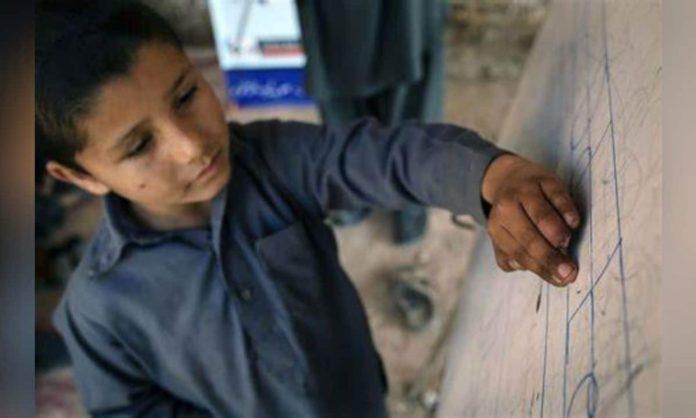Malnutrition is still a major problem in Pakistan, having disastrous effects on the health and development of the country. Malnutrition needs to be addressed in order for the nation to advance and develop overall as well as for the personal health of its individuals. According to Aga Khan University’s health economics research, the annual financial loss resulting from micronutrient deficiencies is almost $3 billion, or 1.33% of GDP. Micronutrient deficiencies (in children aged 6 to 23 months) are predicted to have a direct medical cost of US$19 million.
While these numbers highlight the financial toll that hunger takes on in Pakistan, the World Bank estimates that more than 40% of children under the age of five there are stunted, a condition that impairs growth and development. In addition, micronutrient deficiencies, such as those in iron, iodine, and vitamin A, are common.
Iron deficiency can result in anemia, problems with growth and development, cognitive and behavioral challenges, a weakened immune system, lethargy, and other side effects that make it difficult for kids to live healthy, productive lives.
The current malnutrition epidemic in Pakistan is caused by a number of factors, some of which can be linked to poverty, a lack of access to nutritious food, and a weak healthcare system. Malnutrition is a problem in Pakistan due to a lack of knowledge about good nutrition as well as sociocultural practices such as early marriage, gender inequity, and insufficient breastfeeding.
This problem demands a multifaceted strategy to be solved. Malnutrition can be decreased in a nation by strengthening healthcare systems, encouraging exclusive breastfeeding, boosting the use of fortified products, ensuring the safety of agriculture and food, increasing nutrition education, encouraging behavior change, lowering poverty, and enabling public-private partnerships that actively work on all of these fronts. The remedy also needs to be geared towards various age groups, particularly among children, and it might come in the form of nutrition products that have been fortified.
A challenge as colossal as this requires multiple stakeholders that work on health, food, agriculture, education, and social welfare to join hands, come together, and redirect their energies toward reducing malnutrition together.
Stay tuned to Brandsynario for more news and updates.







































